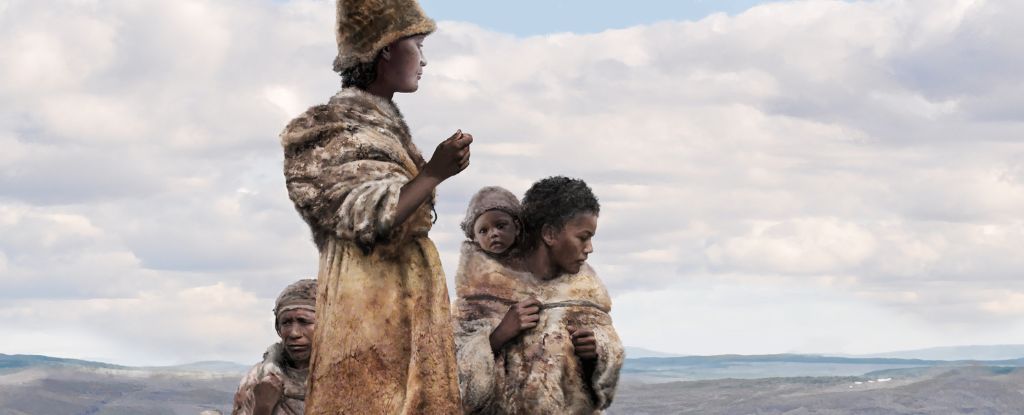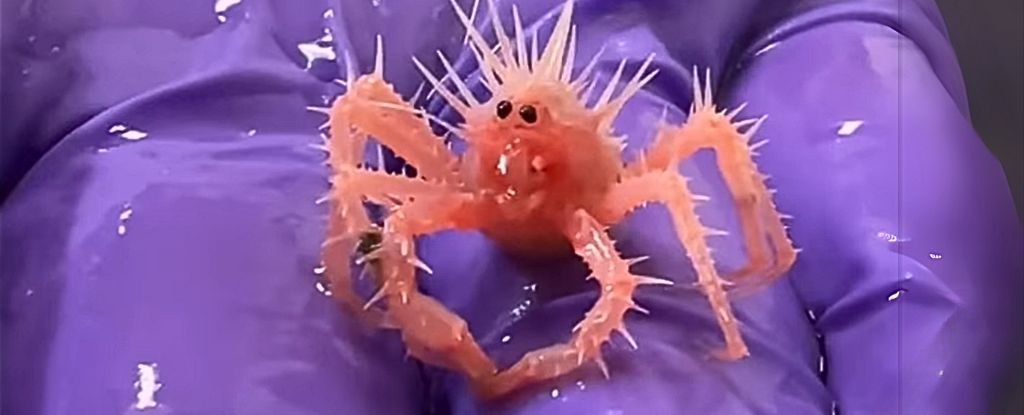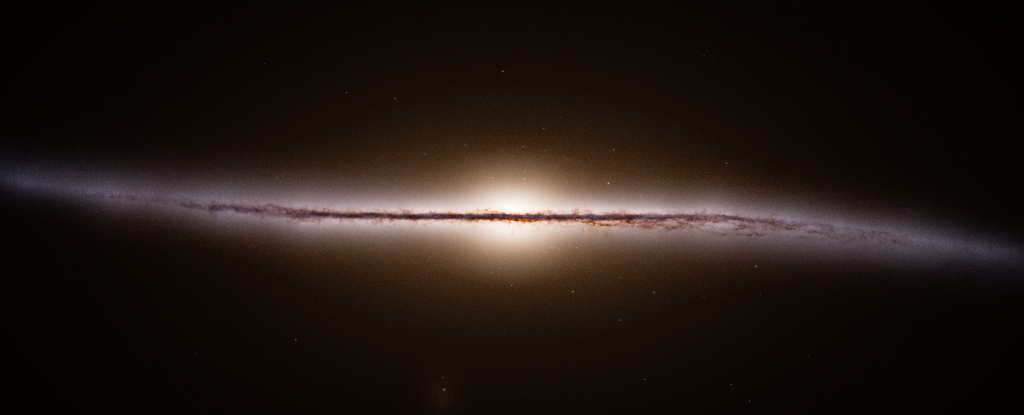When modern humans first ventured out of Africa, they followed in the footsteps of another human species who dared leave before them.
Eventually our bold ancestors caught up with their Neanderthal cousins and did a bit more than just make friends.
A new genetic analysis of the earliest known modern human remains found in Ranis in Germany and Zlatý kůň in the Czech Republic suggests emigrant Homo sapiens and Homo neanderthalensis mingled some time between 45,000 and 49,000 years ago. The findings from Max Planck Institute anthropologist Arev Sümer and an intrernational team of colleagues are more recent than previous estimates.
Today, all humans except those with only African heritage bear the marks of this union in their DNA. The study’s findings suggest this genetic exchange took place roughly 80 generations before the births of the individuals they tested, and as with previous research the results suggest such encounters likely happened more than once.
“Our analyses indicate that the Zlatý kůň/Ranis population split early from the lineage leading to other non-Africans and that they left no descendants among present-day people,” the researchers write in their paper.
“The Neanderthal DNA they carry could therefore have been introduced by a separate event from that which introduced the Neanderthal DNA identified in all present-day Out-of-Africa populations.”
The researchers analyzed the nuclear genomes from six individuals found in Ranis that date back to around 45,000 years ago. Their maternal mitochondrial DNA had previously identified them as Homo sapiens, but couldn’t provide enough context to show how they’re related to other humans in the region who were associated with a specific tool-making culture.
“To our surprise, we discovered a fifth- or sixth-degree genetic relationship between Zlatý kůň and two individuals from Ranis,” says Sümer. “This means that Zlatý kůň was genetically part of the extended family of Ranis and likely also made [Lincombian-Ranisian-Jerzmanowician]-type tools.”
The team were able to extract high quality ancient DNA from one of the 13 individuals from Ranis, along with the one individual Zlatý kůň from Czechia.
The Zlatý kůň/Ranis group have genes that code for dark skin, hair and eyes, as would be expected from recent African migrants. Comparing genes shared between the two groups suggests these early modern human pioneers had a population of around a few hundred individuals.
“These results provide us with a deeper understanding of the earliest pioneers that settled in Europe,” explains Max Planck Institute biochemist Johannes Krause. “They also indicate that any modern human remains found outside Africa that are older than 50,000 years could not have been part of the common non-African population that interbred with Neanderthals and is now found across much of the world.”
A second new paper that examined 300 human genomes spanning the last 50,000 years suggests the vast majority of our Neanderthal genes were introduced in one extended period between 50,500 and 43,500 years ago. This parallels with the other paper’s findings, and may potentially involve a different wave of migrants, including our direct ancestors.
Max Planck Institute geneticist Leonardo Iasi and colleagues compared 59 ancient human genomes with 275 globally diverse modern people. Rapid natural selection then seems to have kept or booted out Neanderthal genes from our genomes within about 100 generations, bringing it down closer to the level many of us still share today.





